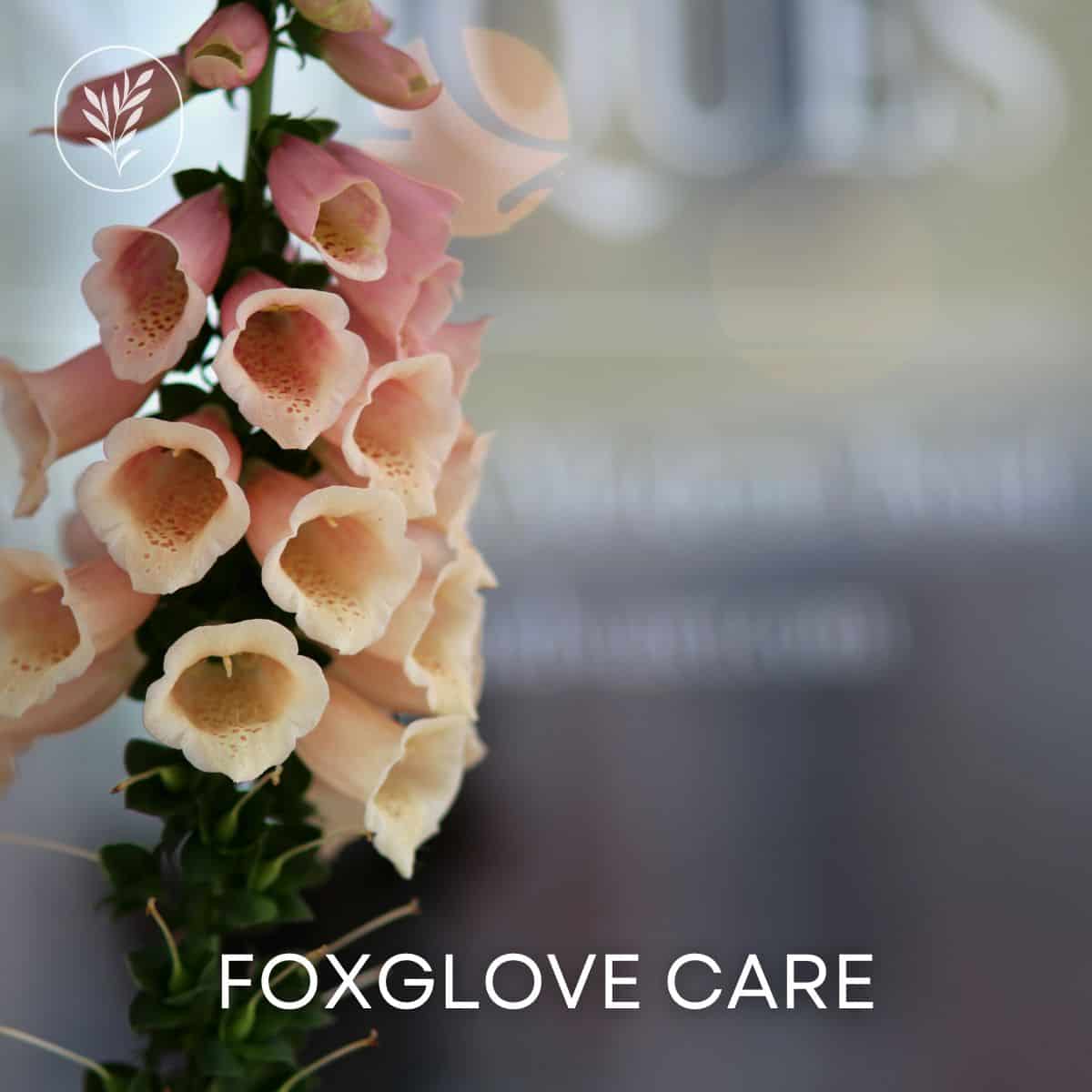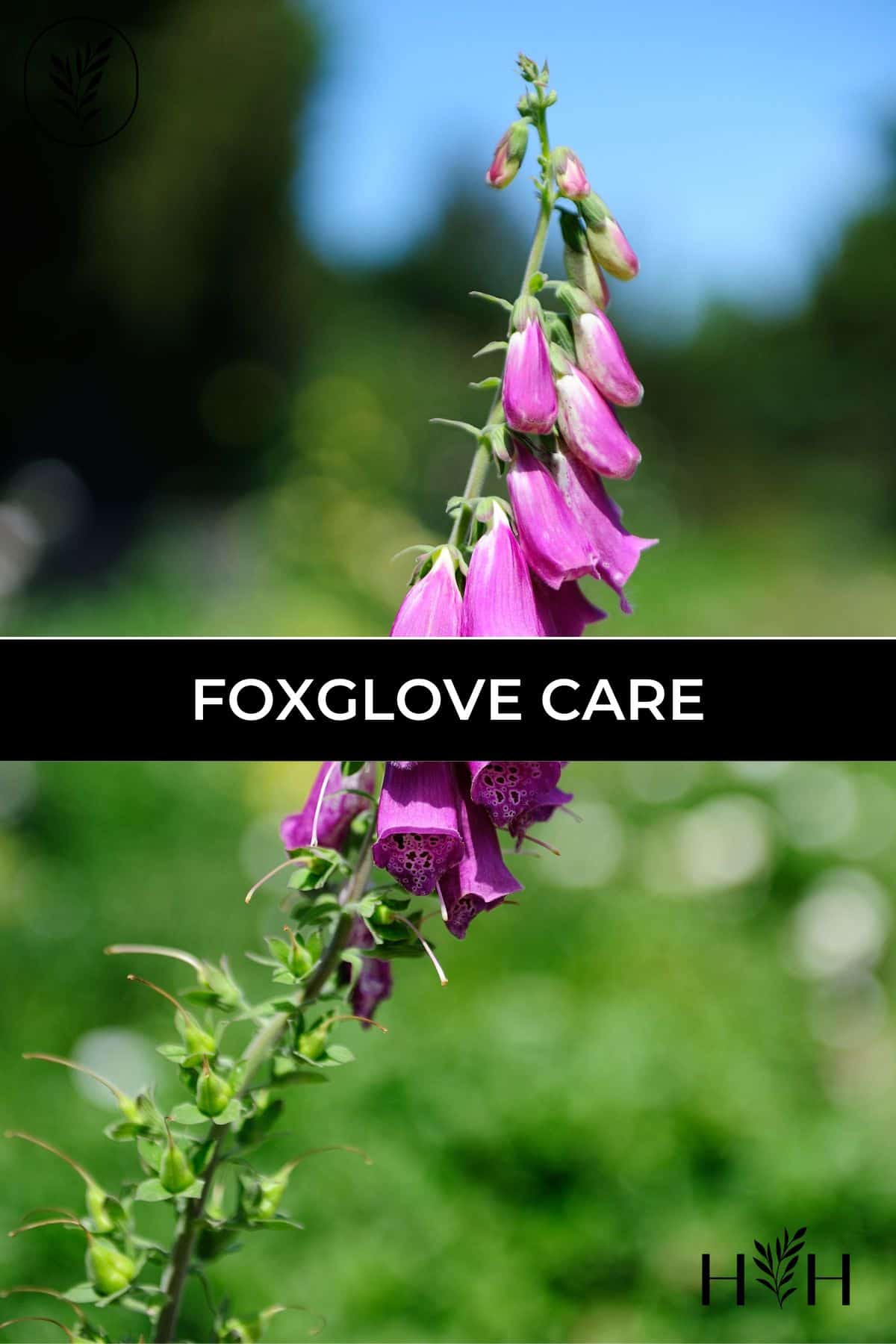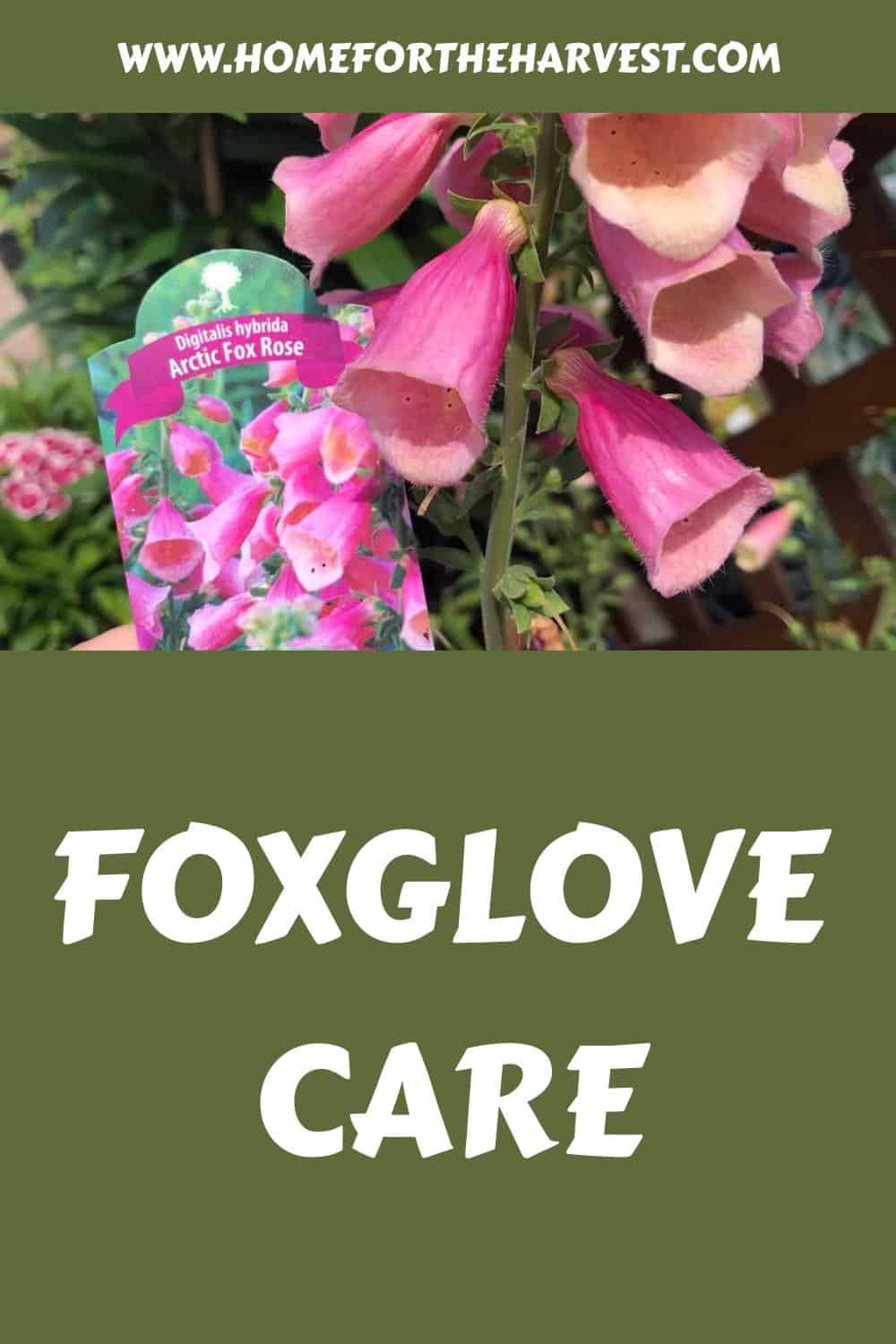Foxglove care is all about ensuring each plant has enough water and sunlight to survive and thrive, while at the same time protecting it from getting too much of either input. Like so many things in the garden, foxgloves do best when cared for with balance in mind. Read on to learn all about foxglove care in your flower garden.
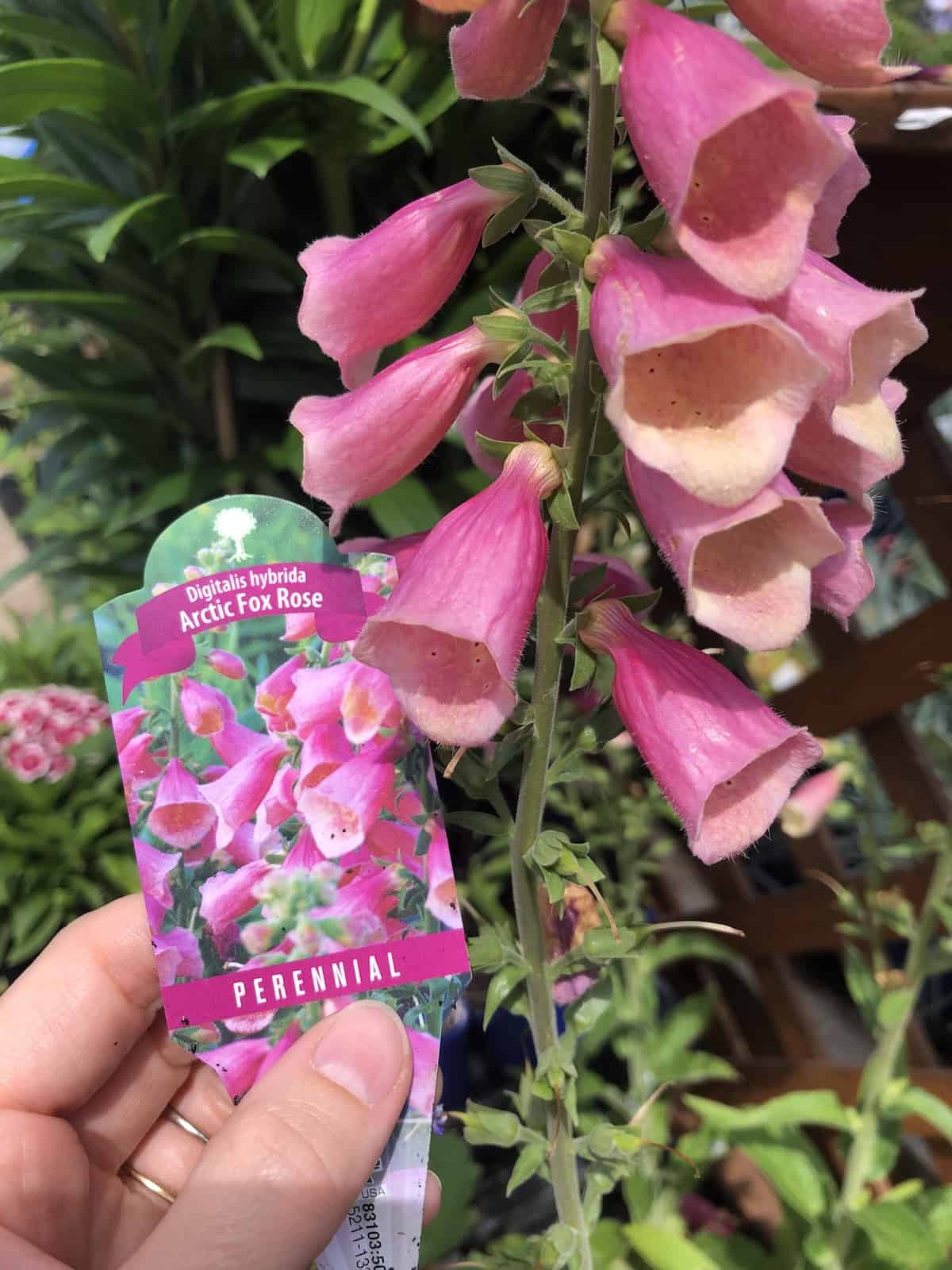
New foxglove plants
Most garden foxglove plants are purchased from the nursery as seedlings/starter plants. They can, of course, be grown from seeds, but it certainly takes more time and effort than buying established plants.
Foxglove seeds can be tricky to germinate, but are well worth the investment of time! They are certainly a plant for patience, as they bloom only in their second year. Foxgloves are easiest to care for if purchased as a leafy green plant rather than grown from seed.
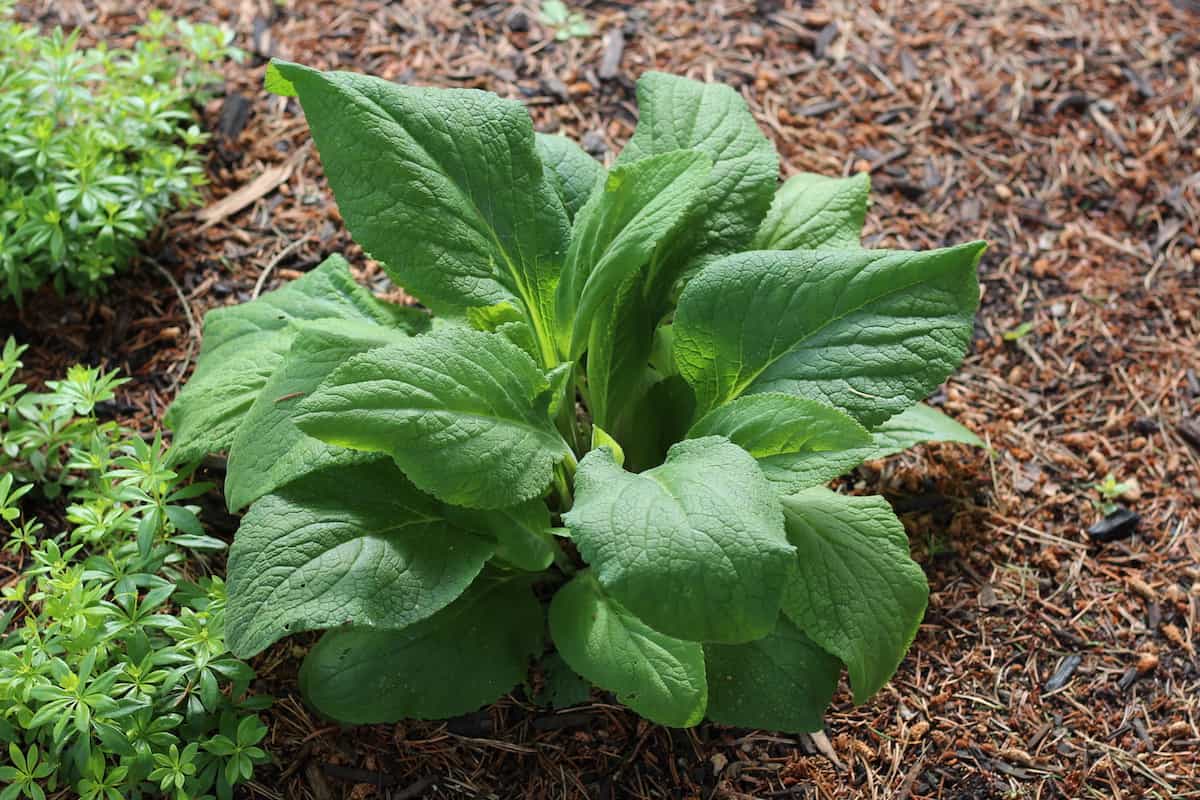
Growing foxglove from seed
If you’re up for growing foxglove from seeds, there is a great variety of different types to choose from. Shop around and check out the different types of foxgloves you can grow. This year I added “Excelsior” Mix to our part-shade woodland garden. I can’t wait to see them bloom!
Foxglove seeds can be planted directly outdoors in their permanent location. They are generally sown in early spring or early autumn. I’ve had better success with starting the seeds indoors. Foxgloves can be started in January in seed-starting soil at room temperature (don’t forget to use a plant light). Foxgloves are relatively hardy and can be transplanted to their outdoor spot during the last frosty mornings of spring (April in our area of Zone 5).
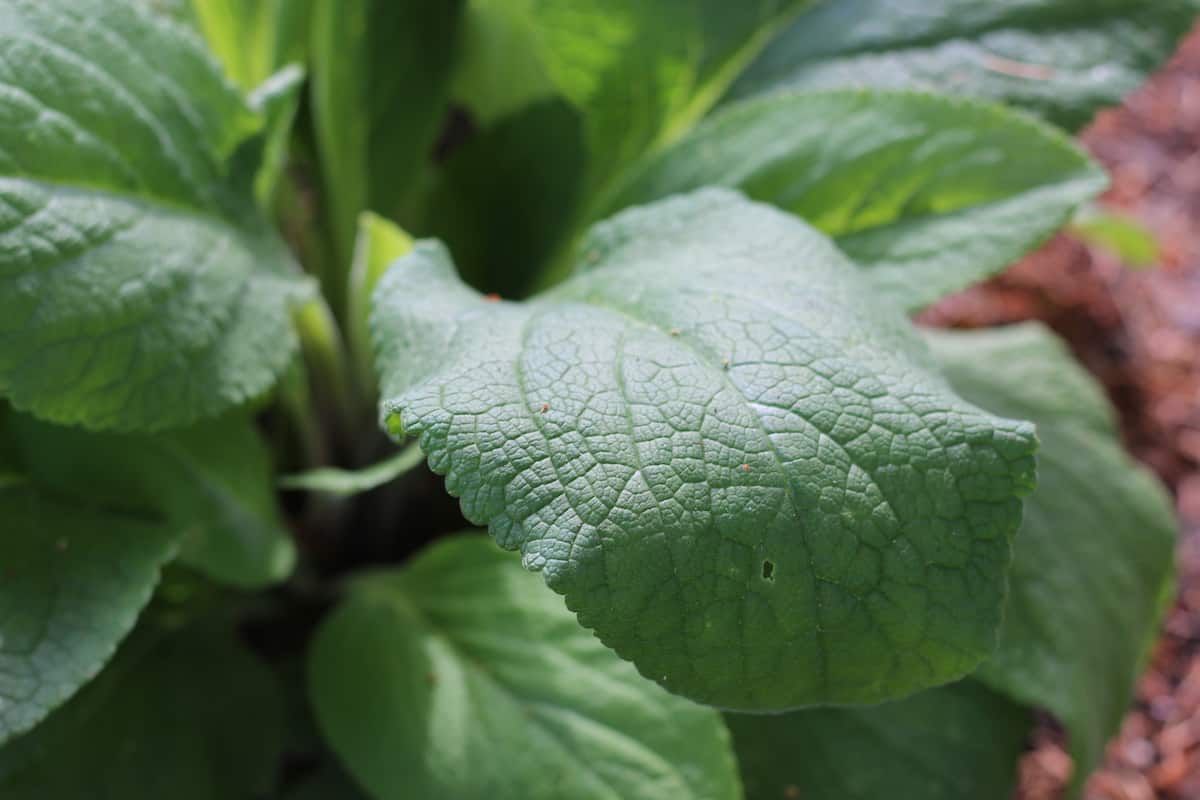
Foxglove life cycle
Foxgloves are a classic biennial flower. Biennial flowers have a life cycle of 2 years per plant. Year one is all about growing roots and shoots. The big leaves protect the roots of the plant over winter. The plant doesn’t flower until the second growing season.
Flower stalks shoot up in June, generally blooming in July in our area (Zone 5). In areas with mild winters, foxgloves bloom earlier, from late May into June. Where we are, the lovely flowers fade to seed pods by the end of August, and the individual plant finishes its life cycle.
Once established as a patch in a garden, foxgloves tend to self-seed. This means that foxglove plants drop their seeds on the soil at the end of their life cycle, which grow into new plants all on their own. Sometimes foxgloves will pop up growing adjacent or even a ways away from where the mother plant was located.
To establish a permanent patch of foxgloves, plant new plants each year for a few years. A few new plants (or a whole flat!) added to the same area each calendar year will generally create a self-sowing patch of foxgloves all on its own. Seedlings can be thinned to let each plant get lots of water and sunlight, or they can be left wild to create their own meadow.
“Seedlings need thinning for the best display.”
RHS Companion to Wildlife Gardening, Chris Baines
Watering foxglove plants
Watering the plants is perhaps the most important part of foxglove care. Foxglove plants require water to survive and grow. They thrive in areas with consistent soil moisture, such as shady woodlands and densely-populated meadows. Try to keep the soil moist, especially during dry spells.
While foxgloves can certainly survive some drought conditions, they will grow best with adequate access to water. A quality mulch like homemade compost is an excellent way to conserve soil moisture and keep water levels consistent.
As always, there can be too much of a good thing. Water the soil so its moist, but not muddy. Ponding water is not a good sign. The roots of the foxglove plant require access to air pockets in the soil just as much as they require access to water. Don’t let the soil sit fully saturated for long if possible.
“Mulch’s ability to conserve soil moisture has long been documented (up to 50 percent in some studies). This water-conserving value can’t be overemphasized, especially during times of water restrictions, shortages, and drought conditions.”
How to Mulch: Save Water, Feed the Soil, and Suppress Weeds, by Stu Campbell and Jennifer Kujawski
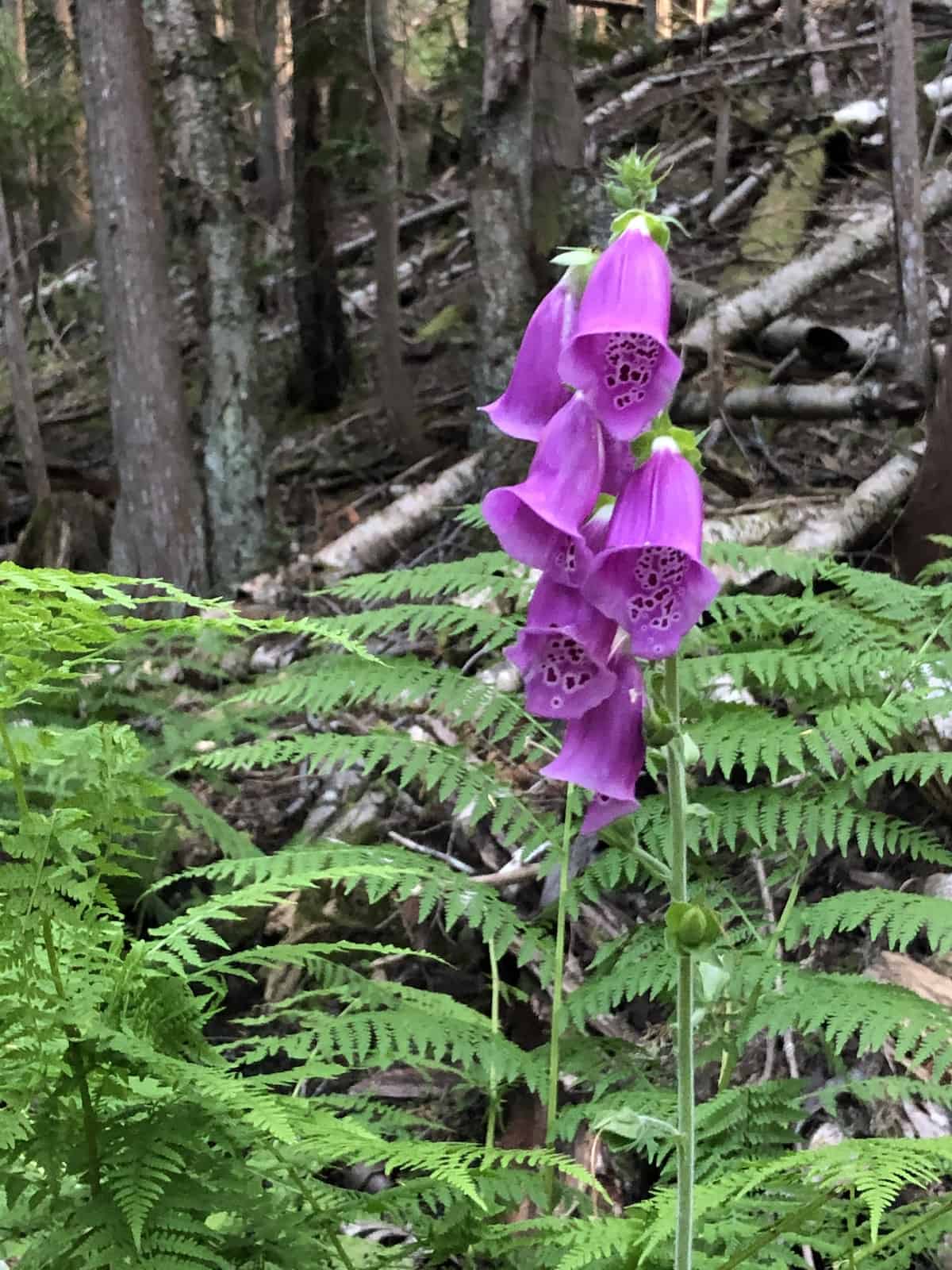
Sunlight impact on foxglove care
Foxgloves are less particular about sunlight than they seem to be about water. I’ve seen foxgloves growing happily in the full shade of a forest and also in the full sun of an exposed meadow. There are different types of foxgloves with different sunlight preferences, but these certainly are shade-tolerant plants.
A foxglove grown in the full shade can flower, but won’t produce as many individual flower bells as a plant grown in a sunnier spot. A plant grown in the sun, however, is more likely to perish before flowering due to lack of water (especially during dry spells). Expect plants in the shade to have fewer flowers, and expect to have to water plants located in sunny areas.
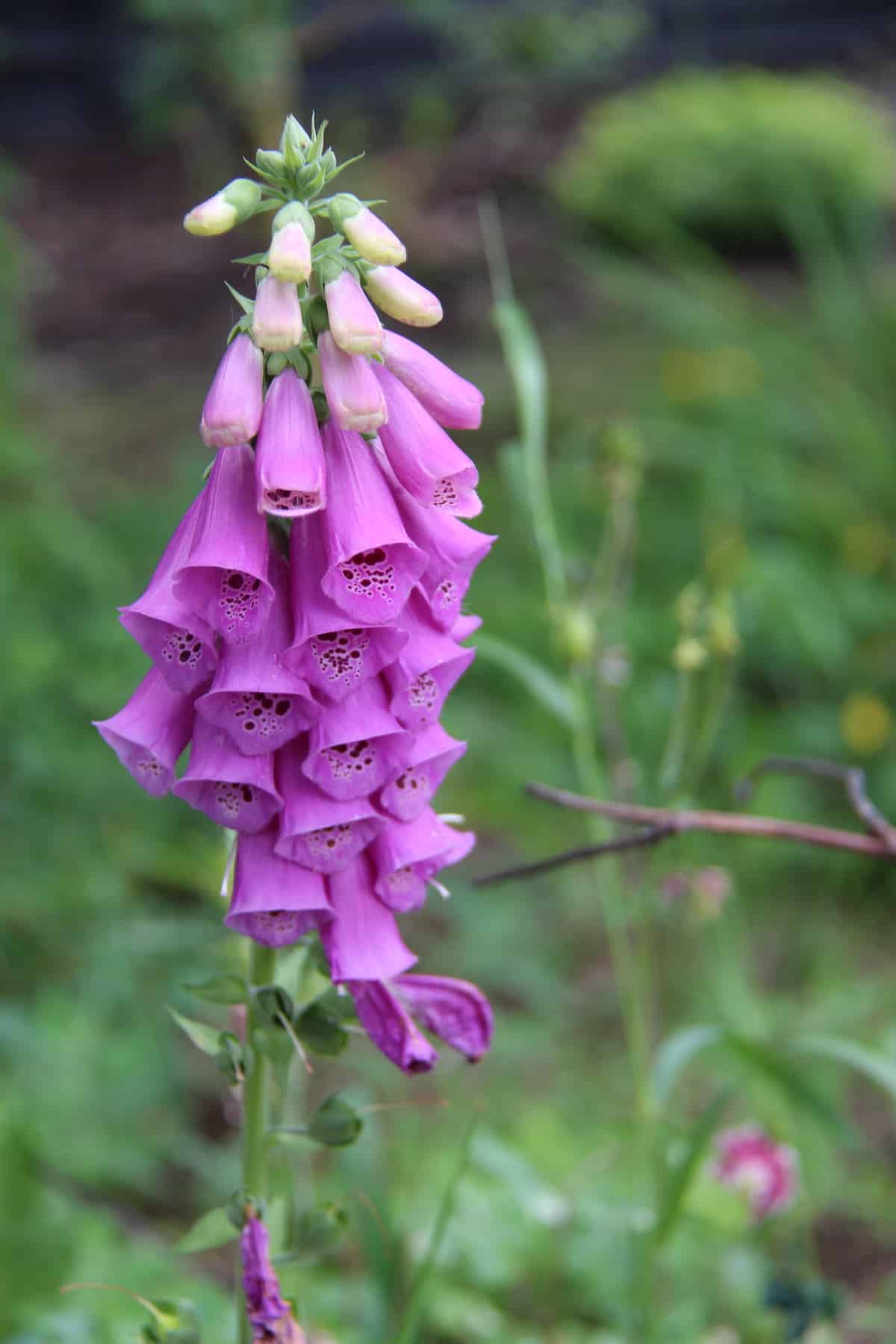
Transplanting foxglove plants
Foxglove plants can be transplanted during year one or during the spring in year two. These plants don’t love to be transplanted, but it certainly is possible. Be sure to dig a large root ball with the plant and place the transplanted roots immediately in the new location. The new hole should be wider than the root ball, but no deeper. Observe and care for the transplanted foxgloves until they become well-established in their new spot.
“Given their woodland origins, foxgloves grow to greater heights – I have seen them 8 feet tall – in moist, humus-rich earth.”
Herbs: The Complete Gardener’s Guide, by Patrick Lima
Collecting seeds from foxglove plants
Seeds are easy to collect from foxgloves in late summer or in the fall. Wear gardening gloves and bring along an envelope or plastic Ziploc bag. With the envelope under a seed pod, use your gloves to crunch the pod until the tiny seeds fall out into the envelope. Collect seeds from different pods and different individual plants. Now you can grow your own foxgloves from seeds!
“Loose, colourful, and seemingly haphazard flower gardens, with long mixed borders, are one of the most beautiful yet complex forms of garden design to perfect. They are a legacy of the golden age of country gardens, a style that was perfected by Gertrude Jekyll (1843-1932) and Vita Sackville-West (1892-1962) and is synonymous with English gardens and afternoon tea.”
Garden Design: A Book of Ideas, by Heidi Howcroft & Marianne Majerus
Winterizing foxglove plants
Getting foxglove plants ready for winter is one of the easiest parts of foxglove care. Fortunately, foxglove plants do not need much winterizing!
In snowy areas, the snow itself will provide enough insulation for the plant. In very cold spots with little snow, a mulch of 4″ of shredded leaves can be applied after the ground freezes. If you mulch the plants, remember to remove the leaf mulch in the springtime so the foxglove leaves can receive the spring sunlight.
“I suppose, when I think about it, I have gardened to a certain extent from a painter’s perspective. Each part of the garden is a separate ‘painting’ and the result of ceaseless walking, ruminating and observing those moments of magic when the light because almost dreamlike in its illuminating intensity.”
Highgrove: A Garden Celebrated, by H.R.H. The Prince of Wales, with Bunny Guinness


